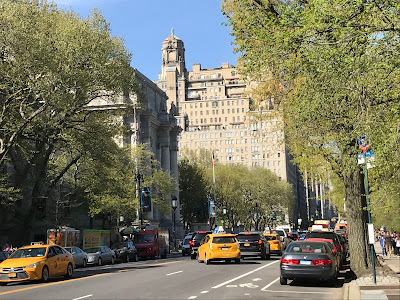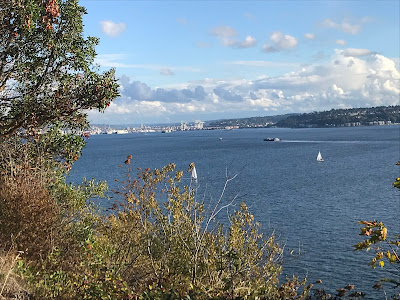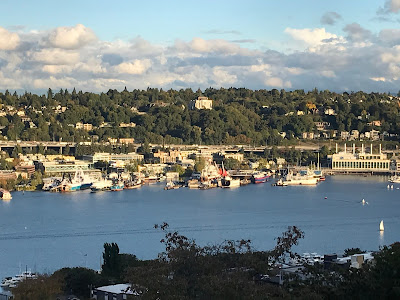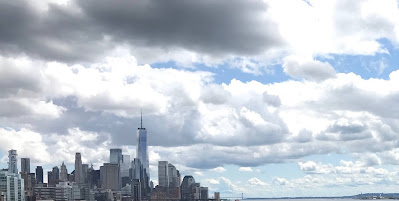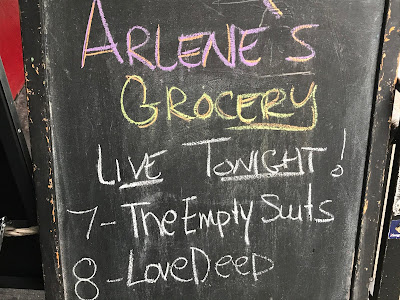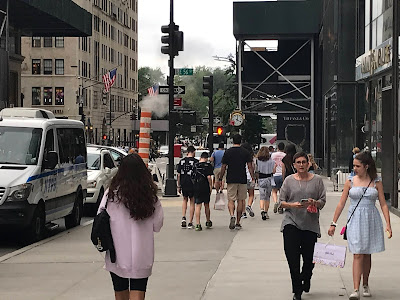Running the Reservoir
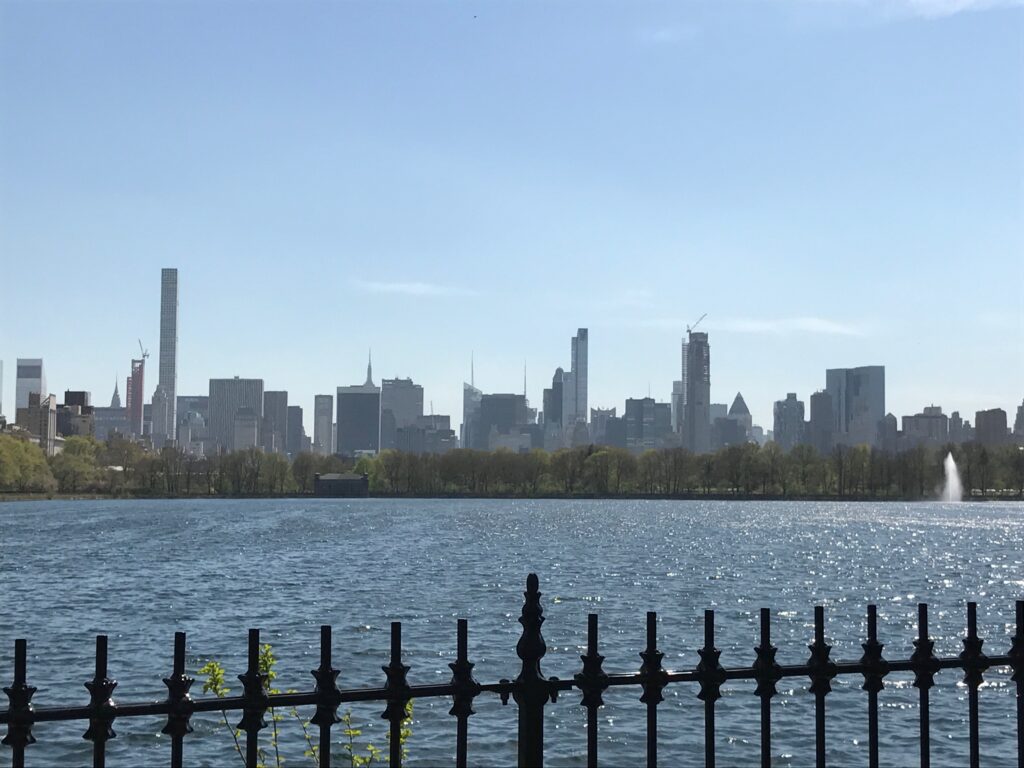
The fog was so pleasant this morning when I walked outside to pick up the newspaper that I almost took a walk then and there. But duty calls, brain work beckons, and the walk will be postponed.
It will not always be this way, I remind myself. But these days I must harvest every bit of brainpower I can, and that harvest is best begun in the morning.
There was a time, though, when locomotion came first. For many years, I rolled out of bed right into my running gear, laced up my shoes and dashed around the reservoir in Central Park. What a way to start the day! It was bracing, it was beautiful, it was always a pinch-me-I’m-living-in-New-York moment.
When I ran the reservoir I forgot about the cramped room where I lived, the money I didn’t have, the extra work I did to make my editorial day job possible. My heart and lungs were full of the park and of the city that surrounded it. The run was only two miles, but at the end of it I could tackle anything.





